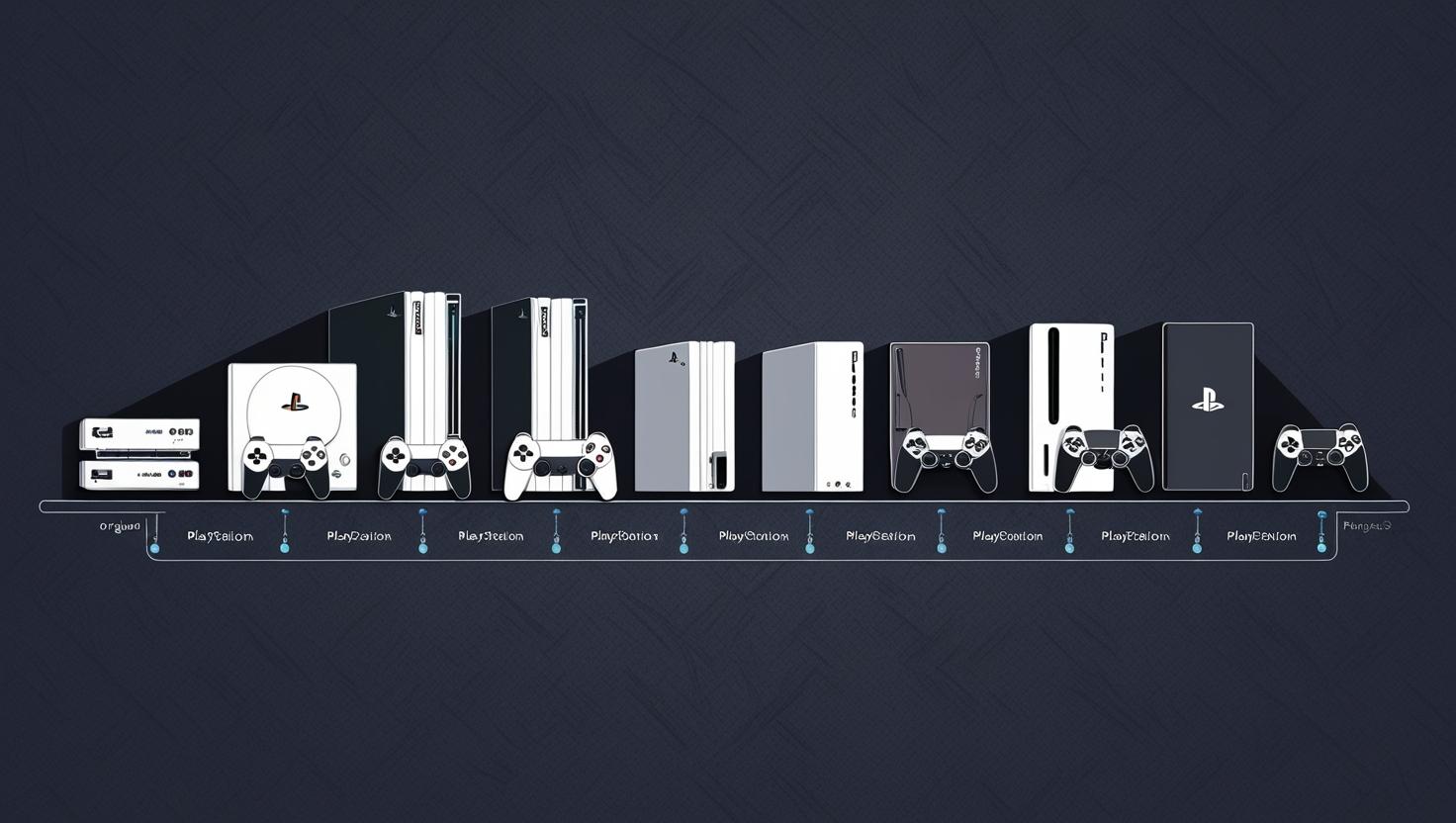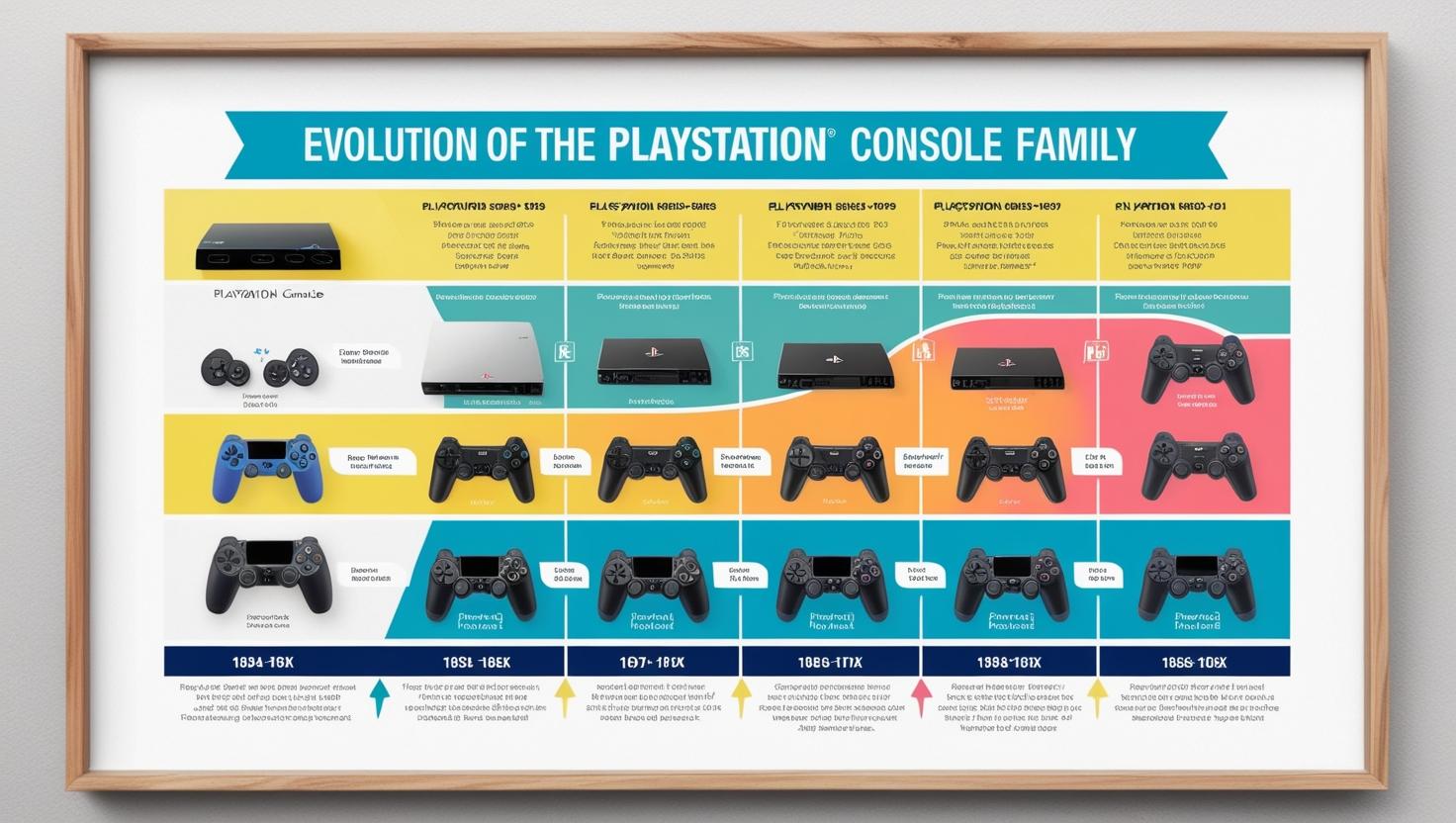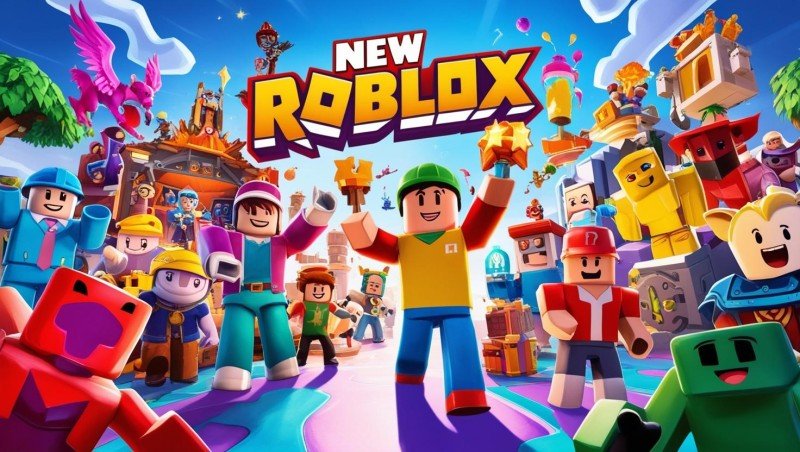One of PlayStation's most significant contributions to the gaming world was the introduction of the PlayStation Portable (PSP). Released in 2004, the PSP was a groundbreaking handheld gaming device that revolutionized the way we played games on the go. With its sleek design and powerful hardware, the PSP provided gamers with a console-like experience in the palm of their hands.
The PSP featured a vibrant widescreen display, allowing for immersive gameplay and stunning graphics on a portable device. Gamers no longer had to compromise on visual quality when playing their favorite titles outside of their living rooms. Additionally, the PSP boasted a wide range of multimedia capabilities, such as playing movies, music, and even browsing the internet. It was a versatile entertainment device that appealed to both gaming enthusiasts and multimedia consumers alike.
Sony's innovation with the PSP didn't stop at hardware; they also introduced a new way to experience games through the use of Universal Media Discs (UMDs). These small, proprietary discs held game data and allowed for easy distribution of games. With the ability to carry multiple UMDs, gamers could have a vast library of games with them wherever they went. The PSP also supported digital downloads through the PlayStation Store, further expanding the game library available to players.

From PlayStation 1 to PS5: A timeline of gaming advancements
The PlayStation 1, released in 1994, marked Sony's entry into the gaming console market. It featured 3D graphics, CD-based games, and the iconic PlayStation controller. With popular titles like Crash Bandicoot and Final Fantasy VII, the PS1 became a massive success, selling over 100 million units worldwide and revolutionizing the gaming industry.
PlayStation 2 (PS2)
Released in 2000, the PlayStation 2 took gaming to new heights. It introduced DVD compatibility, making it not just a gaming console but also a multimedia entertainment system. With improved graphics and processing power, the PS2 boasted an impressive library of games, including Grand Theft Auto: Vice City and God of War.
PlayStation 3 (PS3)
The PlayStation 3, released in 2006, pushed the boundaries of gaming with its advanced hardware and online capabilities. It introduced Blu-ray technology, allowing for immersive high-definition gaming experiences. The PS3 offered titles like The Last of Us and Uncharted, showcasing the console's graphical capabilities and engaging storytelling.
PlayStation 4 (PS4)
Arriving in 2013, the PlayStation 4 brought even more power and innovation to the gaming world. It featured enhanced graphics, sharing capabilities, and a redesigned controller with touchpad functionality. The PS4 offered a diverse range of games, including critically acclaimed titles such as Red Dead Redemption 2 and Marvel's Spider-Man.
PlayStation 5 (PS5)
The latest addition to the PlayStation family, the PlayStation 5, was released in 2020. It showcases cutting-edge technology with its lightning-fast loading times, ray tracing graphics, and haptic feedback controllers, enabling an incredibly immersive gaming experience. The PS5 brings games like Demon's Souls and Horizon Forbidden West to life, setting a new benchmark for console gaming.

The rise of PlayStation: How Sony changed the console game
When it comes to gaming consoles, one name that has become synonymous with innovation and unparalleled gaming experiences is PlayStation. Introduced by Sony in 1994, the PlayStation disrupted the gaming industry and revolutionized the way people interacted with video games.
Before its arrival, gaming consoles were typically seen as children's toys or niche hobbies. However, Sony's PlayStation managed to bridge the gap between casual gamers and avid enthusiasts, appealing to a wide range of audiences. With its powerful hardware, cutting-edge graphics, and vast library of games, the PlayStation quickly became a household name.
One key factor in the PlayStation's success was Sony's approach to third-party developers, which allowed for a diverse and expansive collection of games on the platform. This approach led to exclusive titles and partnerships, such as the iconic "Final Fantasy VII" and "Metal Gear Solid" franchises, cementing the PlayStation's reputation as a must-have console.
Over the years, Sony continued to push boundaries with each iteration of the PlayStation. The PlayStation 2, released in 2000, became the best-selling video game console of all time, further solidifying Sony's dominance in the industry. The PlayStation 3 introduced online gaming and Blu-ray technology as standard features, while the PlayStation 4 focused on social integration and enhanced graphics.
With the upcoming release of the highly anticipated PlayStation 5, Sony shows no signs of slowing down. As technology advances, it is clear that Sony's PlayStation has redefined what it means to be a gaming console, transforming it into an iconic symbol of entertainment and innovation.
Beyond gaming: PlayStation's impact on popular culture
Since its debut in 1994, the PlayStation gaming console has had a profound impact on popular culture that extends far beyond the realm of gaming. With its groundbreaking technology and innovative games, PlayStation has become a cultural icon that has shaped entertainment, technology, and even art.
One of the most significant contributions of PlayStation to popular culture is its role in revolutionizing the gaming industry. The introduction of CD-ROM technology in PlayStation 1 opened up new possibilities for game developers, allowing them to create more expansive and immersive gaming experiences. This breakthrough not only attracted a new generation of gamers but also influenced other console manufacturers to follow suit.
PlayStation's influence extends beyond gaming hardware and technology. The console has served as a platform for some of the most iconic and influential games in history, including titles like "Metal Gear Solid," "Final Fantasy VII," and "Gran Turismo." These games not only pushed the boundaries of gameplay and storytelling but also became cultural touchstones, influencing movies, music, and even fashion.
Aside from its impact on gaming and entertainment, PlayStation has also made its mark on the art world. Countless artists, both professional and amateur, have utilized the console to create stunning visual experiences and interactive installations. The ability to manipulate 3D models, textures, and lighting within PlayStation games has inspired a new generation of digital artists, who have translated these skills into various artistic endeavors outside of the gaming industry.


